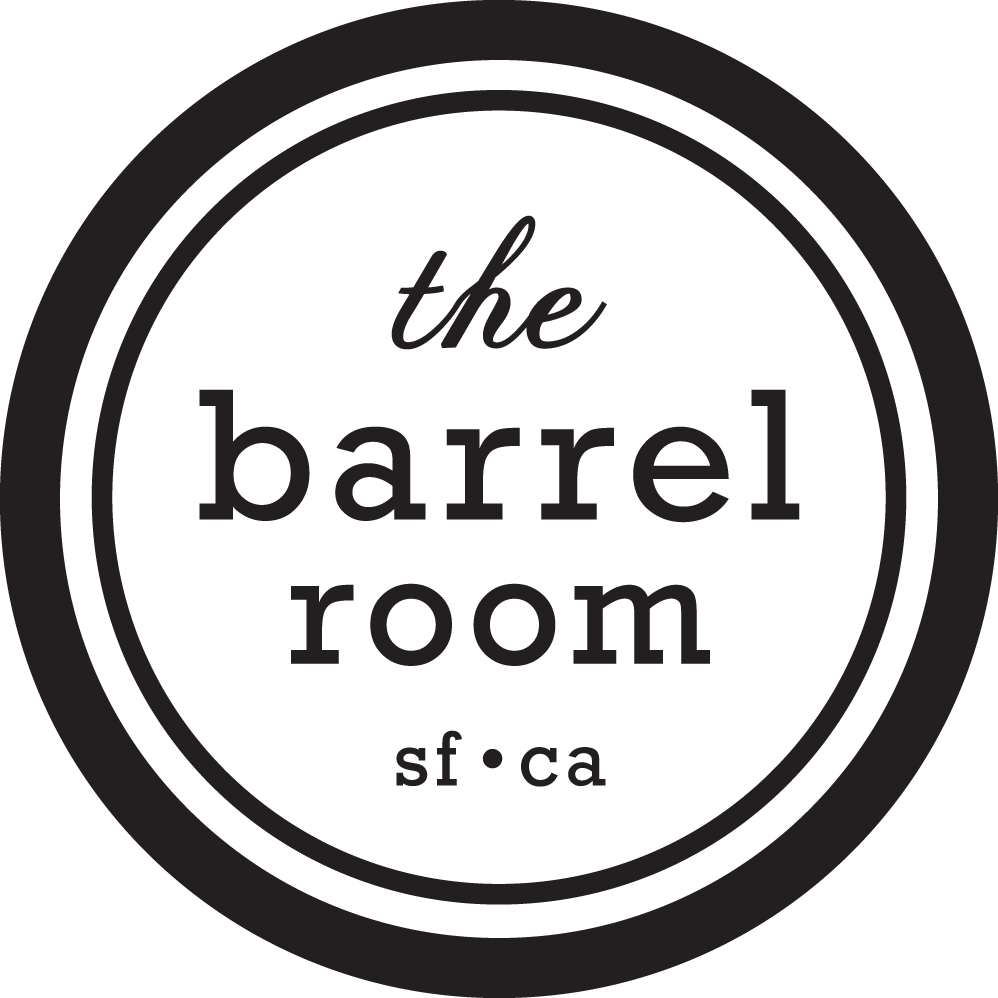Spanish Harlem
the story
This cocktail was crafted to pay homage to the distinct impact of Spanish immigrants on one of the most classically American spirits: bourbon. Bourbon, deeply rooted in Kentucky and the South, owes much of its character to barrels, ingredients, and techniques influenced by Spanish practices in a number of ways:
Spanish immigrants and traders brought with them knowledge of cask-making from their homeland, where sherry and wine were traditionally aged in oak barrels. The cooperage techniques used in Spain, emphasizing the toasting and charring of barrels, found their way into American whiskey-making.
Spanish settlers in the Americas were early adopters of native crops, including corn, which became the backbone of bourbon mash bills. While corn was cultivated by Native Americans long before European arrival, Spanish agricultural influence in the South helped expand its use in diverse applications, laying a foundation for its role in whiskey production.
Spain's control of territories in the Mississippi River Valley and New Orleans in the 18th century played a role in bourbon's rise. Spanish trade routes facilitated the export of American whiskey, particularly bourbon, through New Orleans to global markets. This connection allowed bourbon to gain popularity and reach new consumers, helping to establish its reputation as a distinctive American spirit.
Our Spanish Harlem combines Licor 43, one of Spain’s most popular liqueurs, with a delicious bourbon. We highlight the vanilla-and-spice profile of Hudson Baby Bourbon with ginger, cinnamon, and bitters, and brighten it up with a bit of lemon.
the producers
Hudson Distillery - New York
Hudson Distillery, founded in 2003, holds a significant place in the revival of craft distilling in the United States. Located in the picturesque Hudson Valley of New York, the distillery began its journey at Tuthilltown Gristmill, a historic 18th-century landmark that once ground local grains. Ralph Erenzo, a former rock climber and entrepreneur, and his business partner, Brian Lee, transformed the property into a distillery, reigniting the region’s legacy of spirit production.
At the time of its founding, small-batch distilleries were nearly nonexistent in New York due to restrictive laws. Erenzo played a pivotal role in changing this. His advocacy led to the passing of New York's Farm Distillery Act in 2007, which reduced barriers for small distillers, encouraging the growth of the craft spirits industry in the state. This legislation not only helped Hudson Distillery but also spurred a nationwide craft distilling movement.
Greenbar Distillery - California
Greenbar Distillery, located in the heart of Los Angeles, is a trailblazer in the craft spirits industry, renowned for its commitment to sustainability, innovation, and bold flavors. Founded in 2004 by husband-and-wife team Melkon Khosrovian and Litty Mathew, Greenbar began as a passion project aimed at crafting delicious, high-quality spirits that would inspire people to rethink their drinking experiences.
Greenbar became one of the first craft distilleries in the U.S., sparking renewed interest in artisanal spirits. From the beginning, Greenbar was guided by a bold vision: to make spirits that are both flavorful and environmentally responsible. It became the first distillery in the world to offer carbon-negative spirits by offsetting its footprint through sustainable practices, including tree planting, eco-friendly packaging, and organic ingredients. For every bottle sold, Greenbar plants a tree, a program that has resulted in the planting of over 1 million trees to date.

